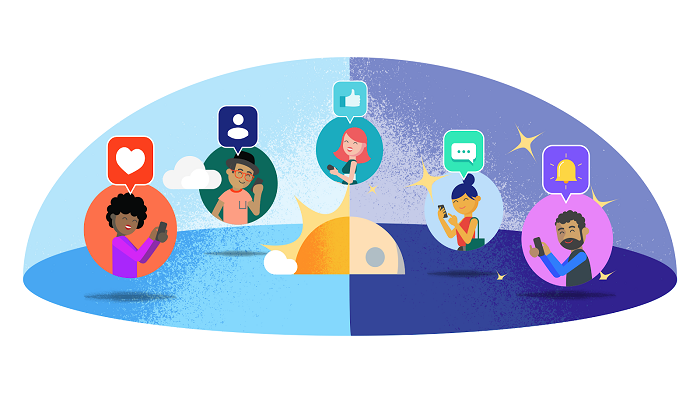It is a brand’s responsibility to engage potential buyers. There isn’t a simpler way of saying this. Jeff Bezos rightly says that a customer is like a guest invited to a party: one can’t expect one’s guests to engage themselves; good hosts engage their guests better than average hosts and earn a reputation. Earning a reputation is nothing but building a brand.
At the risk of stating the obvious, being on the customer’s smartphone as an app is the closest a brand can be to the customer. Once a brand gains that coveted spot on the smartphone, the battle for keeping the spot begins. This is where adding engaging games that work within apps can work wonders.

Why are so many non-gaming apps adding games?
Statistics for user retention on apps are brutal. Across all categories of apps, users are spoilt for choice, and if you are an app developer it is imperative that you make your offering sticky. Building stickiness, however, is easier said than done. User-friendly onboarding, strong value proposition, sleak interface, and heavy-duty performance are necessary but insufficient conditions. Users want more. To fill this gap, a lot of apps undertake massive burns, offering heavy discounts or cashbacks to users. These practices often turns out to be unsustainable and fail to build loyalty.
This is the reason why innovative apps are increasing their functionalities to serve more number of use cases for their target audiences. WeChat and GoJek are great examples of such ‘super apps’ with a host of functionalities. Closer to home, the only thing in common between the apps of Flipkart, MX Player, Oyo, and ixigo is a section for games. These games are built on HTML5 and launch within these apps, just like videos work on a social media scroll. Not just them but thousands of popular apps around the world are adding HTML5 games to increase retention and revenue.
How much time does it take to add games? Is there any visible difference?
HTML5 games are unique in three ways: they work within apps, they don’t increase the size of the app, and they work offline. Quality HTML5 games within an app can increase time spent by 15-40 per cent from the first day.Taking example of us we have worked on easing the process of integrating HTML5 games within apps which usually requires 30-minute integration process. It has helped us to increase our visibility and we have over 25 Mn users visit through partner apps every month.

Each partnering app creates a section for games, tapping which launches our webpage within the app. While on our webpage, users can play over 250 globally popular games instantly. It doesn’t charge apps anything, however, it pays them a recurring monthly fee for this integration. We have monetised with high-paying video ads within its games (eCPM is as high as $3 in India!) and shares 50 per cent of the revenue with partner apps. Most of our partner apps earn several lakh rupees every month from revenue sharing model.
Key takeaways
- As an app developer, one see brutal uninstall rates
- In addition to a strong value proposition, apps need to offer something extra
- In-app games developed on HTML5 work really well to build stickiness
- Gamezop provides high-quality HTML5 games to over 1,000 apps globally
- Gamezop also pays a monthly fee to apps for this integration
(This article has been contributed by Gamezop co-founder and CEO,Yashash Agarwal, and AnimationXpress does not necessarily subscribe to these views.)
